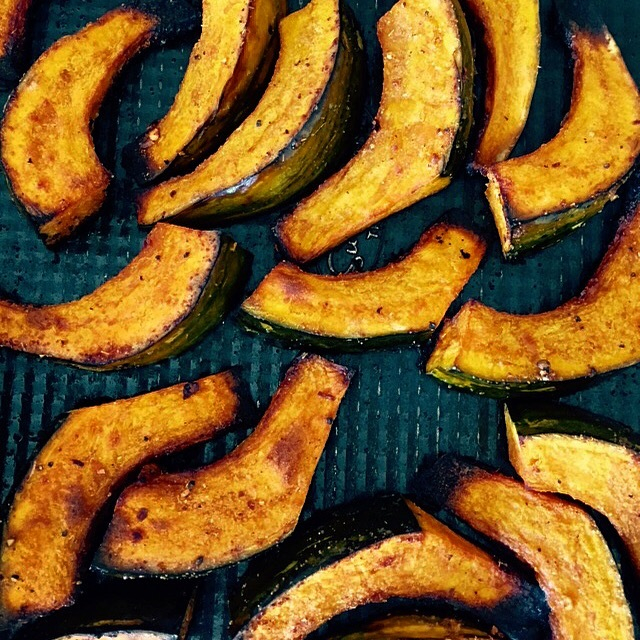
I’m the new girl at What We Eat so I’ll start by introducing myself. My name is Charlotte and I’m here because cooking is the single most consistent thread in my life. Not necessarily the subject of cooking, but the social and communal aspects of it. Growing up in Chicago, my mom wasn’t home most nights as the committed breadwinner of our household and my father’s cooking ability didn’t extent beyond basting chicken wings with a bottle of “Open Pit” over the Weber grill. Although home cooked meals weren’t a nightly staple, we made up for it on weekends, holidays, family reunions, or just about any excuse we could think of to sit people around our dinning room table. My fondest memories as a kid were, without a doubt, hosting wedding showers for my big cousins in our back yard and travelling to my grandparent’s house with our ETA scheduled the moment the Christmas ham came out of the oven. I understood from a very early age that the key to making people happy and being happy myself was eating well and sharing good food with the people I care about.
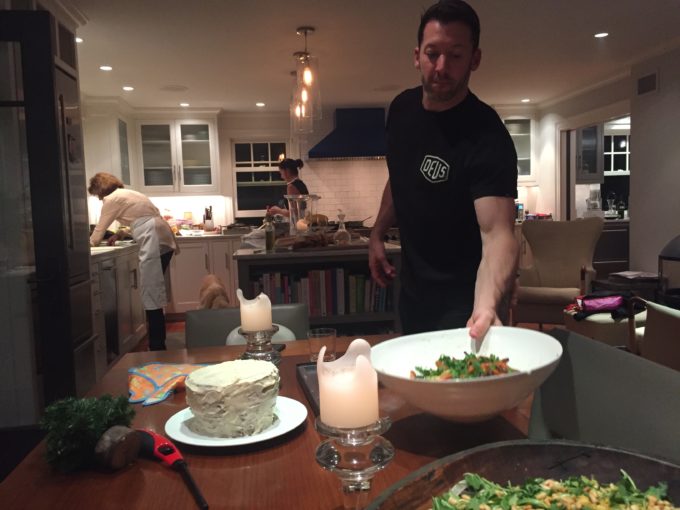 In college, cooking was what set me apart from almost everyone I lived with. I struggled to find the balance between expressing my predisposition toward cooking and going above and beyond for roommates who, for the most part, didn’t understand what was so great about homemade pizza crust. I (literally) fed off the satisfaction of pleasing others with food; no matter who it was or at what cost. I went out of my way to cook these elaborate meals for people that were just as content eating ramen for breakfast. I set ridiculous goals for myself and was always disappointed by the results. Ultimately, I lost touch with what cooking for others in a positive, fulfilling way feels like and knew it shouldn’t feel like I’m doing it to impress someone or make new friends. The food you bring to the table should be personal and it should reflect your taste, not just catered to what you think people will enjoy. With this attitude my menus evolved from simple spaghetti with tomato sauce to discovering my favorite combination of veal, pork and beef meatballs and spaghetti. My standards and tastes developed to appreciate new cuisines and adjust old ones. That being said the soul of my cooking originated from my most memorable family meals and to this day the most influential cookbook on my shelf was bound by my aunt and consists of a curated and expanding history of my family’s favorite, most craved and worshiped recipes. I still consult it’s oil-stained pages for my grandmother’s tried and true oatmeal cookies and my mother’s prized mushroom pate but I must admit that I’m motivated more and more by the excitement of trying new recipes with the tradition of family getting together the defining ingredient.
In college, cooking was what set me apart from almost everyone I lived with. I struggled to find the balance between expressing my predisposition toward cooking and going above and beyond for roommates who, for the most part, didn’t understand what was so great about homemade pizza crust. I (literally) fed off the satisfaction of pleasing others with food; no matter who it was or at what cost. I went out of my way to cook these elaborate meals for people that were just as content eating ramen for breakfast. I set ridiculous goals for myself and was always disappointed by the results. Ultimately, I lost touch with what cooking for others in a positive, fulfilling way feels like and knew it shouldn’t feel like I’m doing it to impress someone or make new friends. The food you bring to the table should be personal and it should reflect your taste, not just catered to what you think people will enjoy. With this attitude my menus evolved from simple spaghetti with tomato sauce to discovering my favorite combination of veal, pork and beef meatballs and spaghetti. My standards and tastes developed to appreciate new cuisines and adjust old ones. That being said the soul of my cooking originated from my most memorable family meals and to this day the most influential cookbook on my shelf was bound by my aunt and consists of a curated and expanding history of my family’s favorite, most craved and worshiped recipes. I still consult it’s oil-stained pages for my grandmother’s tried and true oatmeal cookies and my mother’s prized mushroom pate but I must admit that I’m motivated more and more by the excitement of trying new recipes with the tradition of family getting together the defining ingredient.

Now, I’m not saying that Thursday morning is the time to test out the cauliflower version of mashed potatoes or a deep fried turkey on your thanksgiving guests (or guinea pigs). So, stick to what you know but challenge yourself to come out of the green bean comfort zone. The easiest adjustment or addition you can make to the spread is to try a new salad or blend of roasted vegetables. It’s no surprise that salad is the most overlooked dish at the thanksgiving table. I mean who wants to compete with creamy mashed potatoes and savory stuffing? But after just three weeks at What We Eat, I’m a believer that salad could steal the show (not that we’re keeping score). Because salads are adaptable and easy to tweak, it makes them hard to screw up. This thanksgiving I’ve nominated myself to make the salad and based on the ones we’ve been making for clients lately, I’m pretty confident my family will be licking their salad plates.
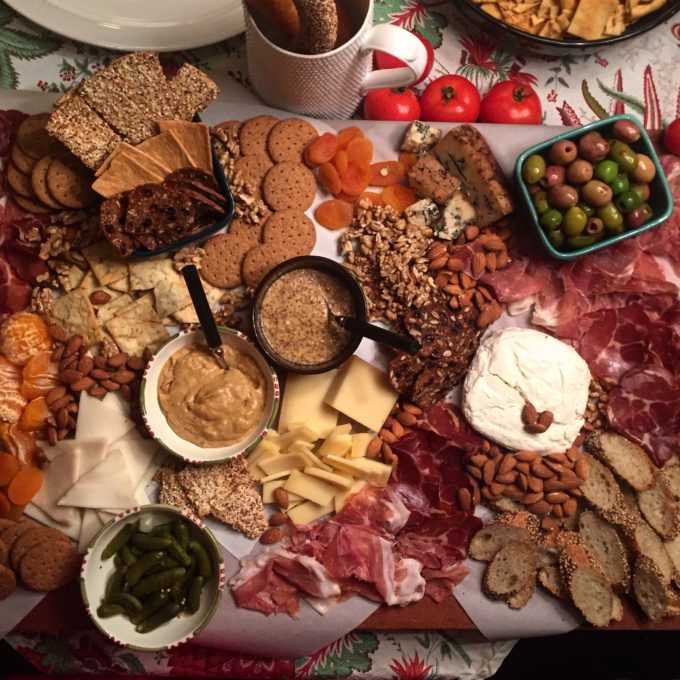 Here are some rough ideas:
Here are some rough ideas:
Crispy shaved brussels sprout salad with tender farro, pomegranate seeds, pickled red onion, currents with a honey-lemon vinaigrette
Roasted carrots and beets with a red-wine vinegar dressing, toasted pistachios and crumbled goat cheese.
Stay tuned for the results! With love, Charlotte 🙂
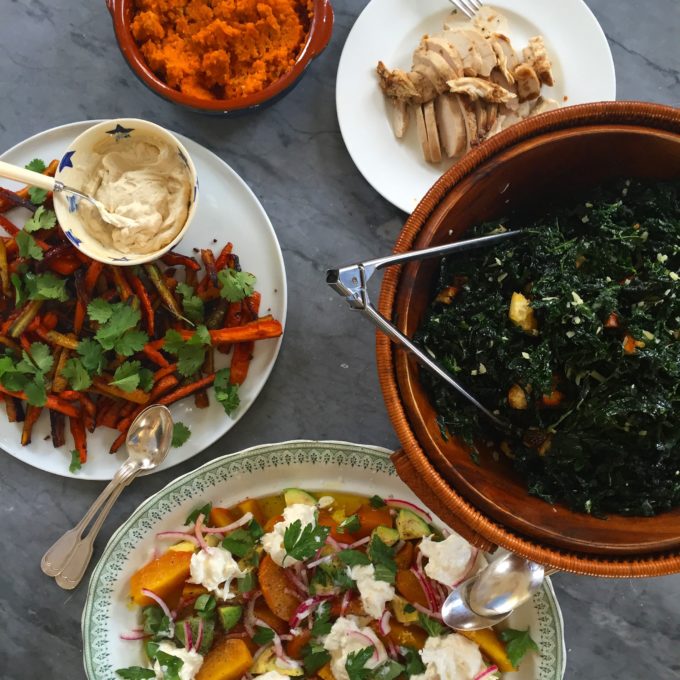
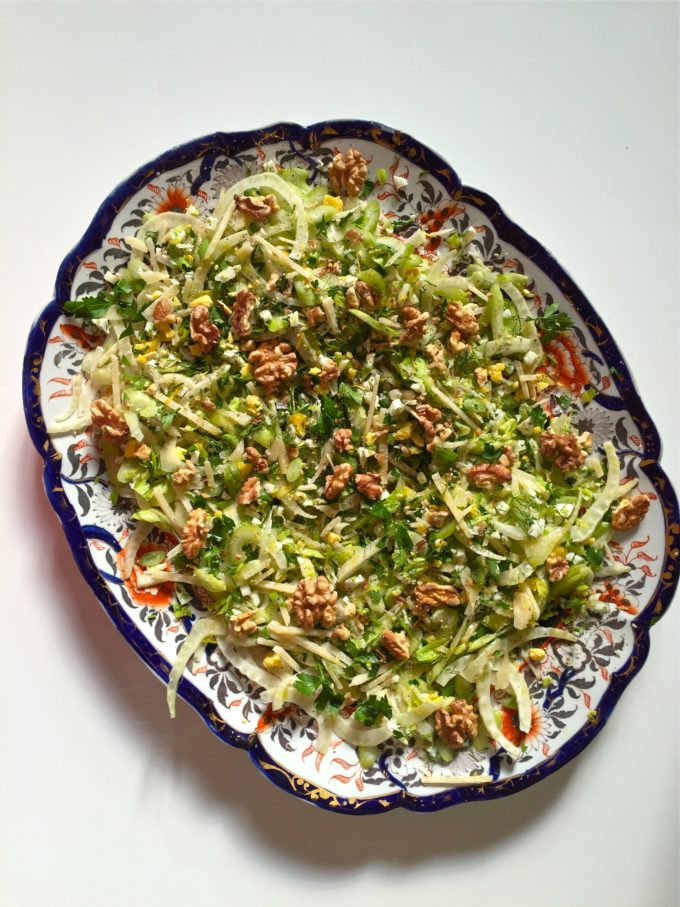 SHAVED CELERY SALAD
SHAVED CELERY SALAD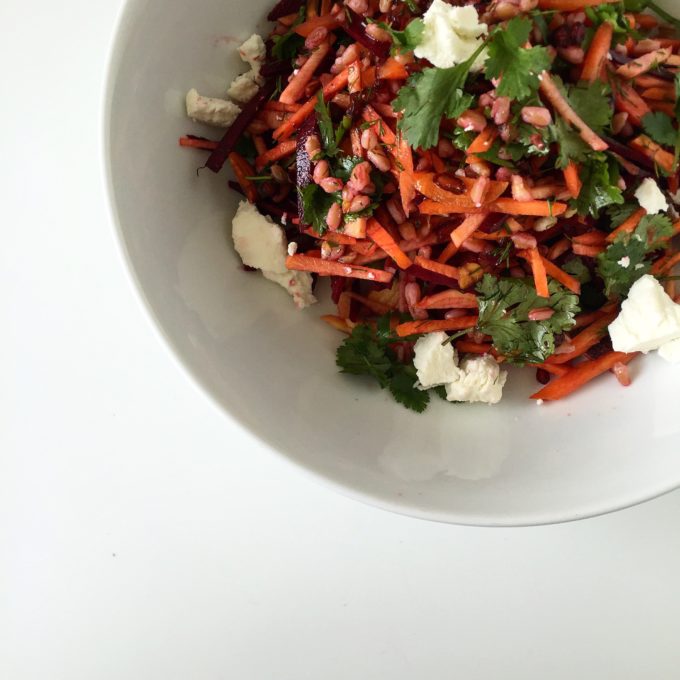
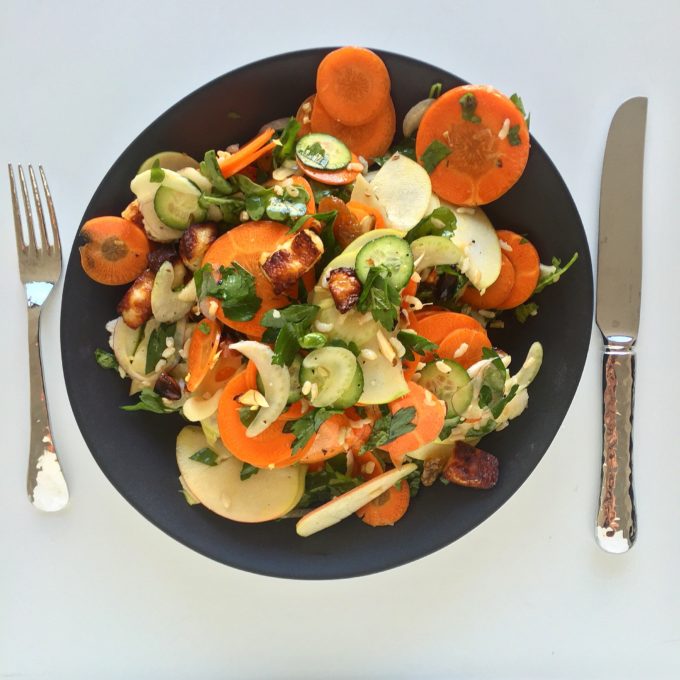 SHAVED CARROT SALAD
SHAVED CARROT SALAD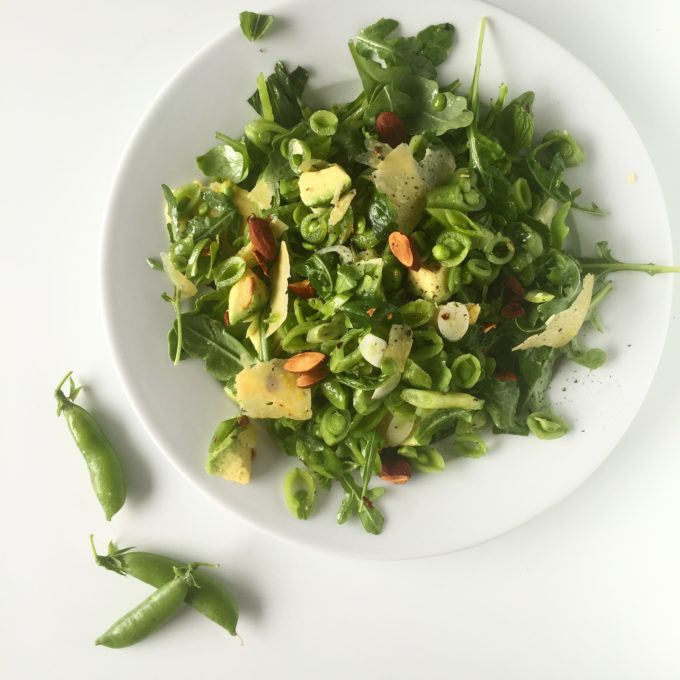
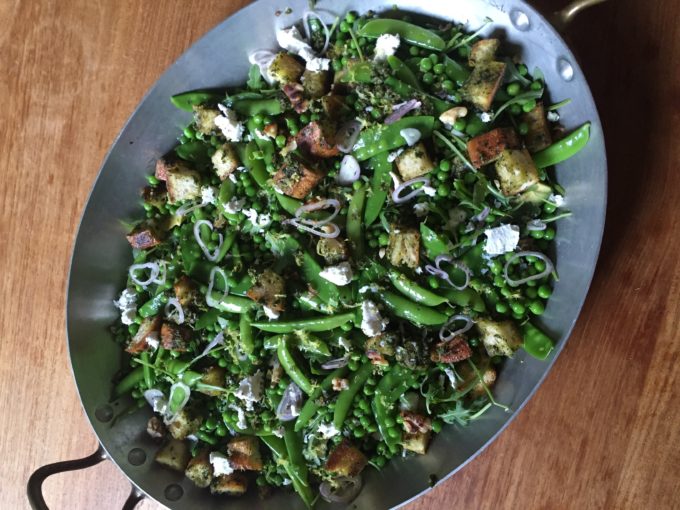 GREEN BEAN AND PEA SALAD
GREEN BEAN AND PEA SALAD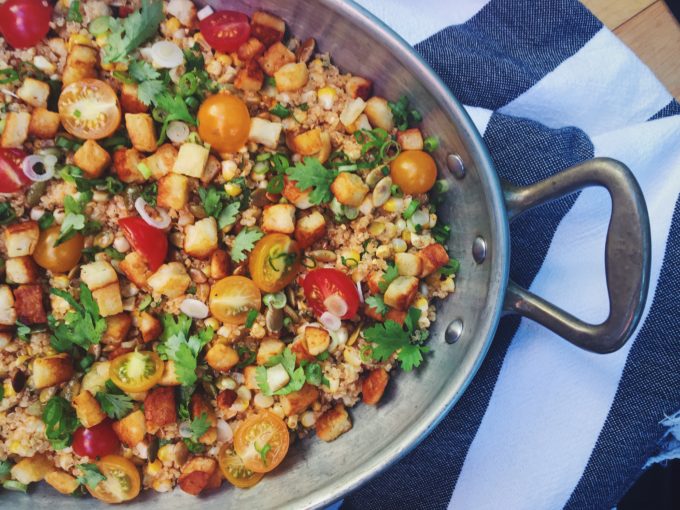 CORN ANY WHICH WAY SALAD
CORN ANY WHICH WAY SALAD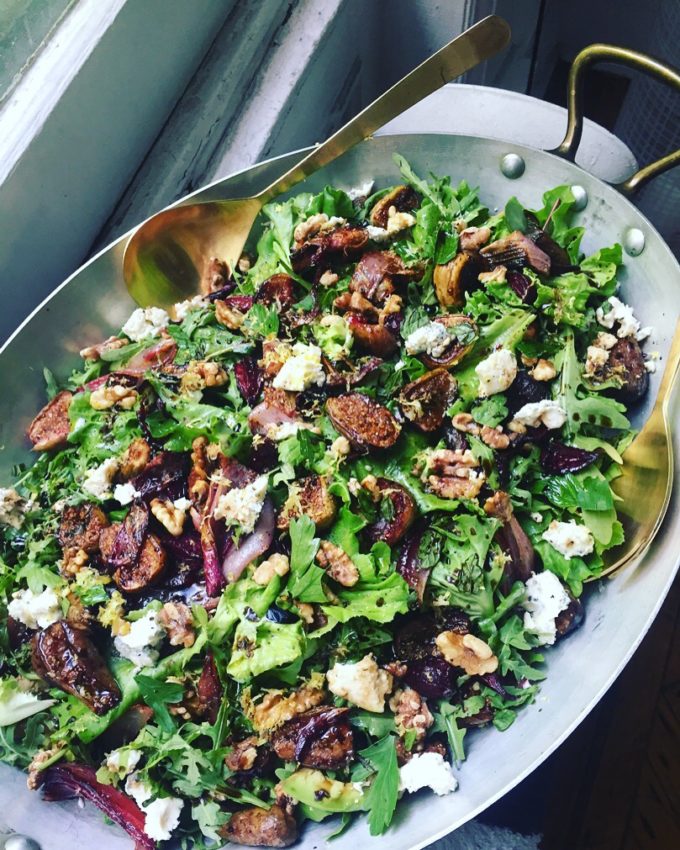 DARK FRUIT AND GREENS
DARK FRUIT AND GREENS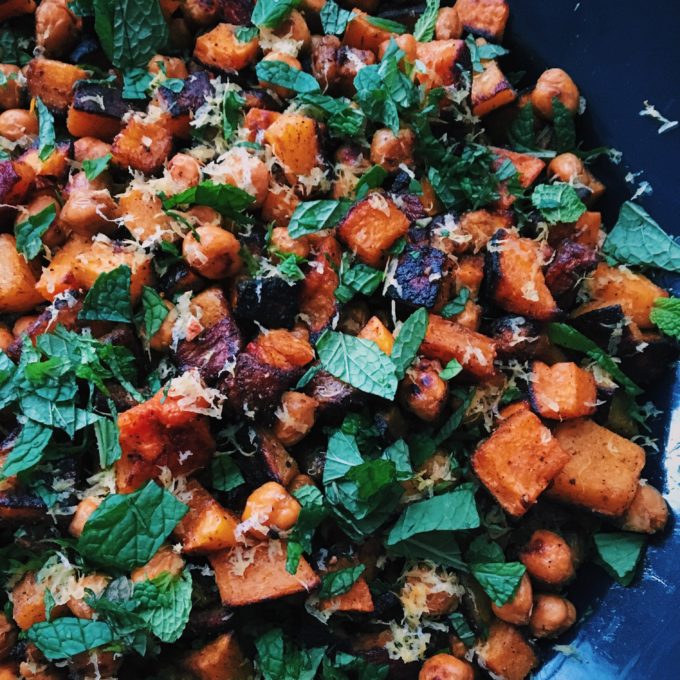 ROASTED WINTER SQUASH SALAD
ROASTED WINTER SQUASH SALAD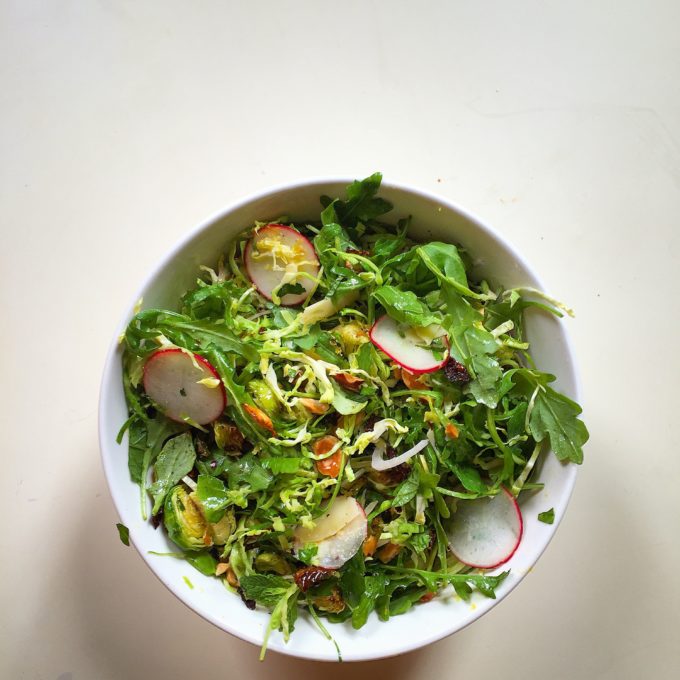 BRUSSELS SPROUT SALAD
BRUSSELS SPROUT SALAD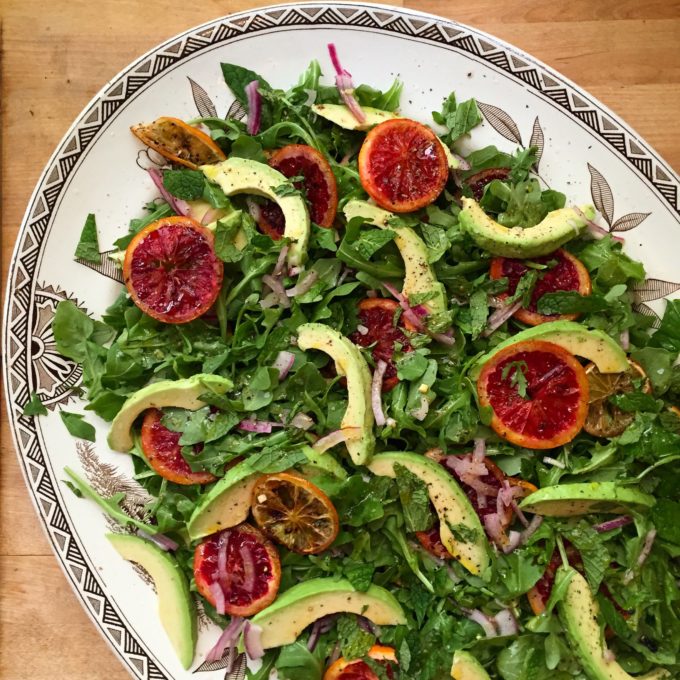 CITRUS SALAD
CITRUS SALAD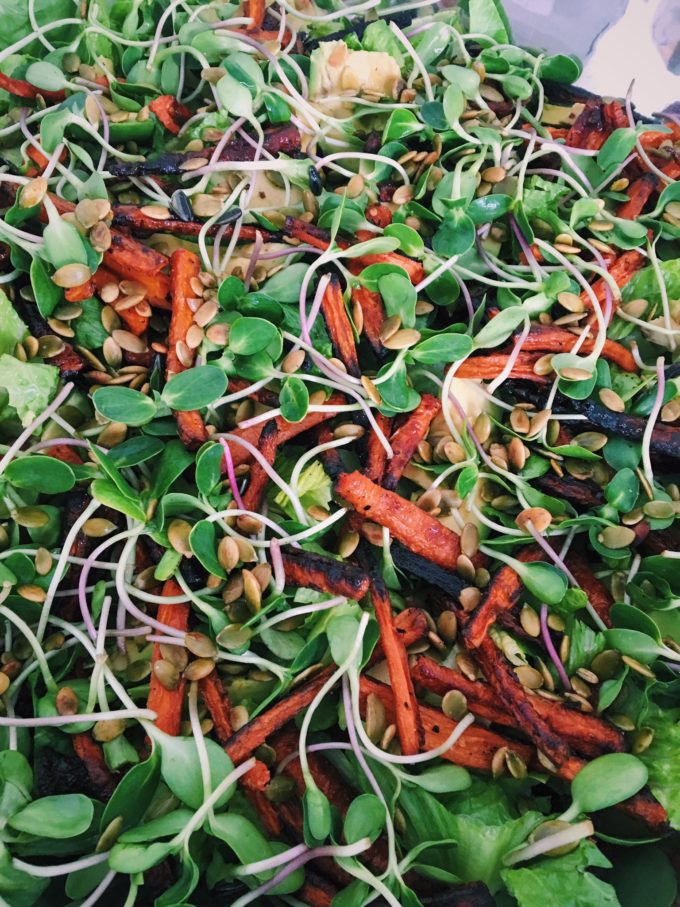 ROASTED CARROT AND AVOCADO SALAD
ROASTED CARROT AND AVOCADO SALAD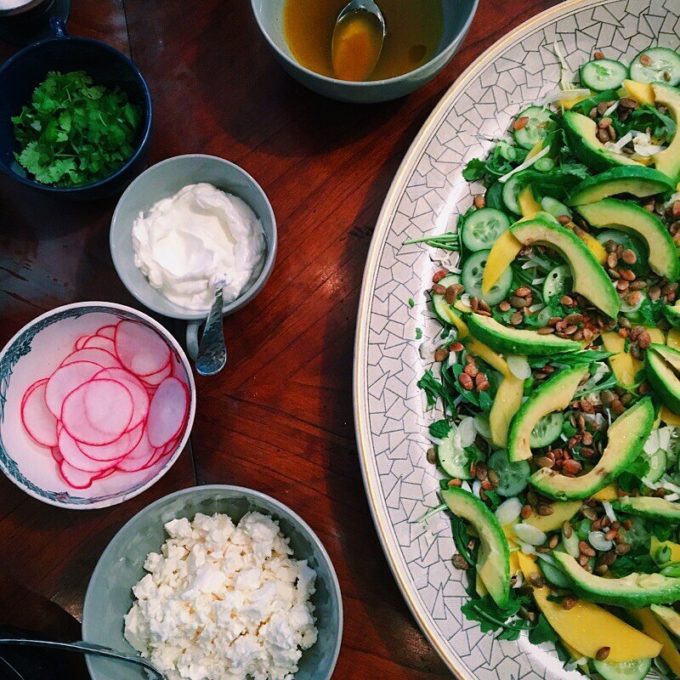 CUCUMBER AND AVOCADO
CUCUMBER AND AVOCADO